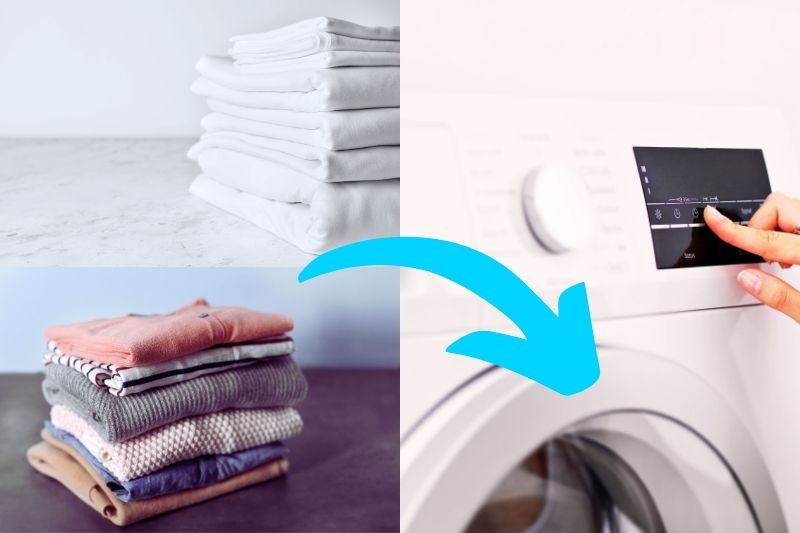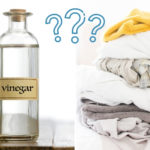Laundry is an integral part of our daily routines. With everything from bedsheets to clothes and towels needing to be washed, it can be a time-consuming task. As such, many homeowners are looking for shortcuts to make this chore more efficient and convenient.
One of the most frequently asked questions is whether you can wash sheets with clothes. Combining bedsheets and clothes in a single load means fewer washes and less time spent doing the laundry. But does this risk compromising the quality and cleanliness of our fabrics?
In this article, we look at whether clothes and bedsheets can be washed together or whether this is a laundry disaster waiting to happen.
From preserving fabric quality to ensuring hygiene, we explore the factors influencing this decision and help you make informed choices about your laundry practices.
Can You Wash Clothes and Bedsheets Together?
In most instances, you can wash clothes and bedsheets together in the same load of laundry.
However, certain factors must be considered to ensure that your clothes and sheets are washed effectively and without any damage.
These factors are listed below:
1. Wash lights and darks separately
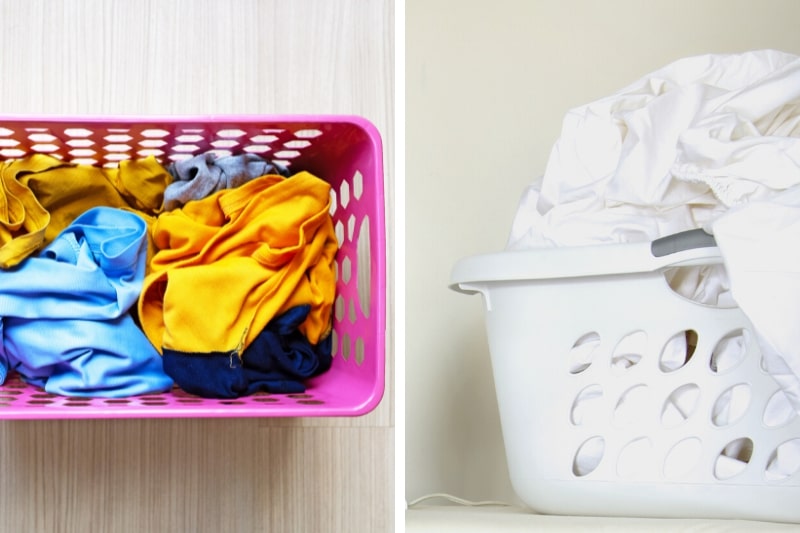
As with all loads of laundry, separating the items by colour is critical to success. If light and dark items are washed together, there’s a risk that the dyes from the dark fabrics might transfer onto the lighter ones. This can result in unwanted streaks or patches of colour on the paler materials.
Therefore, you should only wash sheets with clothes if they’re the same colour to help prolong their life and appearance.
Dark clothing can be washed with dark bedsheets and pillowcases, whereas light-coloured sheets should be washed with light shirts, trousers, shorts, etc.
Washing light and dark items separately also helps maintain the brightness and vibrancy.
2. Check fabric compatibilities
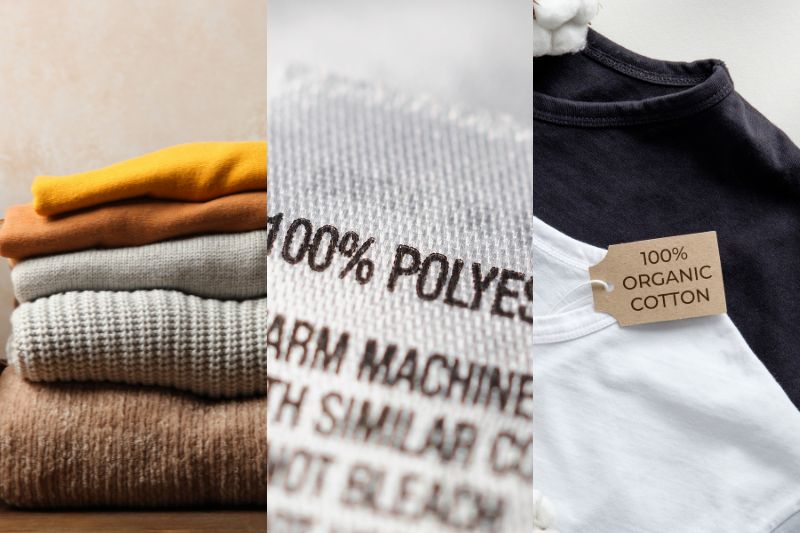
Different fabrics have different washing instructions. For example, delicate materials like silk, lace, or cashmere require gentle washing as they’re more prone to shrinking.
Therefore, silk pillowcases might not be suitable to wash with regular clothes, and delicate lacey garments might be incompatible to wash with durable Egyptian cotton sheets.
Always consider the material and ensure the fabrics you’re washing together are compatible in terms of washing instructions.
A great rule of thumb is only to launder similar fabrics together. For instance, washing your silk pillowcases with other delicate clothing items should produce great results.
3. Choose the temperature carefully
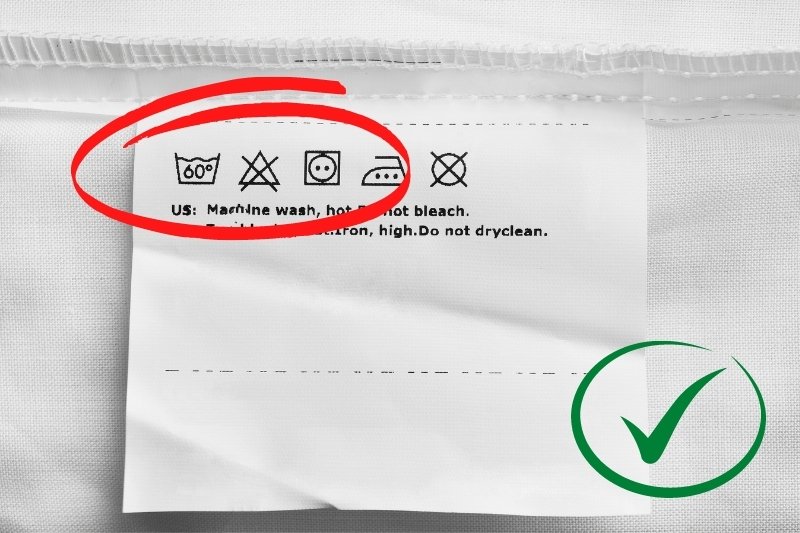
Always refer to the care labels on your clothing and sheets to check the maximum water temperature they can withstand. You must follow these guidelines, as washing at higher temperatures can cause shrinkage and colour run.
If washing clothes and sheets together, always select a safe temperature for all items—this might mean using a colder wash cycle than some fabrics can handle.
Washing at cooler temperatures is typically fine. However, the recommended temperature to wash sheets to remove all sweat and germs is a minimum of 30 to 40°C.
Don’t drop the temperature to lower than this, or you won’t get an effective clean. Instead, wash cold-wash-only items separately.
4. Consider your washer’s capacity
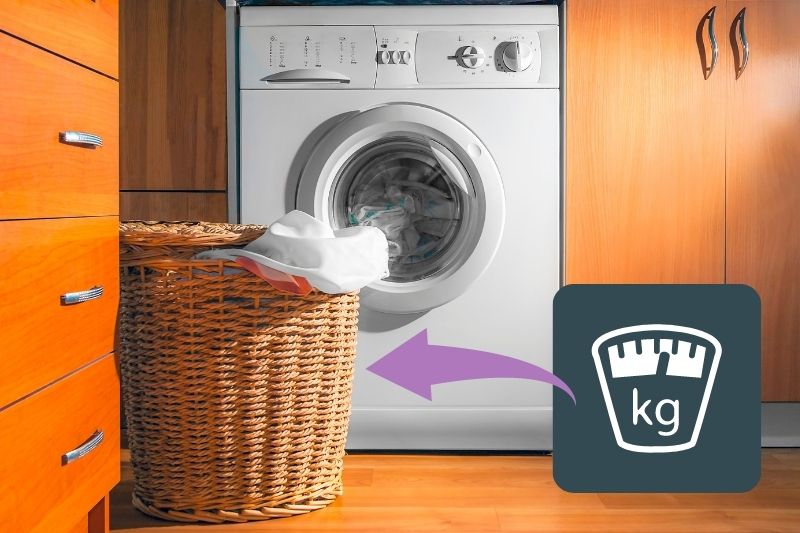
Overloading a washing machine can lead to inefficient washing as there’s not enough space for the clothes to move and agitate properly.
Detergent is also unevenly distributed, and there is limited water flow. It also increases friction between the items and the drum, potentially causing wear and tear.
One set of bedsheets can easily create a full laundry load by themselves. You have a minimum of several pillowcases, a large duvet cover, and a fitted/flat sheet.
While squeezing a few extra garments in the drum can be tempting, only add clothes to the load if your washing machine can handle the combined weight of the clothes and bedsheets to ensure proper cleaning.
TIP: If you’re unsure of your washer’s maximum capacity, visit our Washing Machine Capacity Guide for help determining what size loads are suitable for your appliance.
5. Use fabric softener with caution
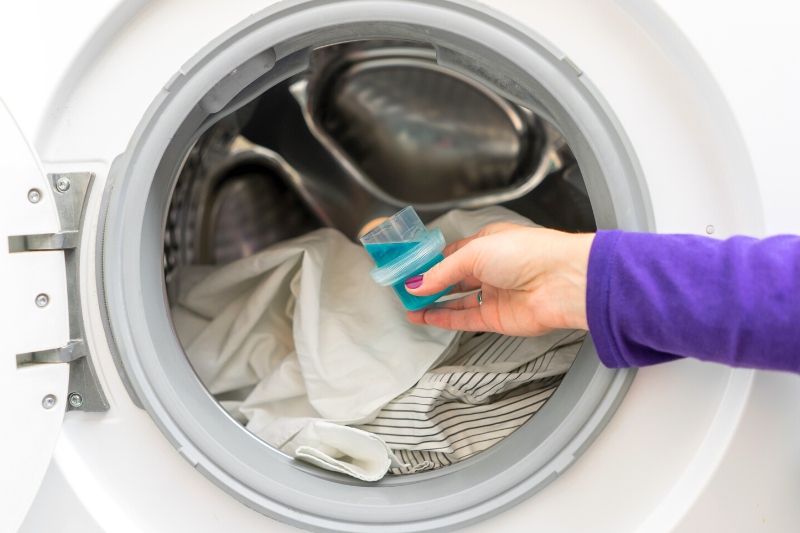
Many people like to use fabric softeners for their bedsheets. They help make your freshly washed sheets even more inviting for a cosy and comfortable night’s sleep. However, fabric softener isn’t suitable for all types of garments and materials.
If you use fabric softeners, ensure they’re safe for all the clothes and sheets in the load. As a general rule of thumb, they should be avoided when laundering athletic wear, water-resistant clothing, or garments made from synthetic materials.
If you want to use fabric softener on your sheets, wash these apparel items separately rather than together with the bedsheets.
Why Should You Wash Sheets Separate from Clothes?
As explained, you can wash sheets with clothes as long as you consider:
- The colours of the sheets and garments
- The types of materials they’re made from
- Their suitability with fabric softeners
- The maximum water temperatures
- The capacity of your washing machine
However, there are a few reasons why you might prefer to keep things separate. In fact, washing sheets separately from clothes offers a range of benefits that contribute to maintaining the quality, cleanliness, and longevity of your bedding and clothing:
- Fewer snags and tears: Zips, buttons, and other clothing fasteners can easily snag on bedding materials during the washing and spinning cycles. This can result in tears or holes in your sheets and damage your clothes as well, especially delicate items.
- Improved cleaning: Bedding items tend to be bulkier and heavier than clothing. Washing them together can disrupt the proper balance of agitation in the washing machine, preventing both items from getting thoroughly cleaned. Washing separately ensures this isn’t an issue.
- Hygiene considerations: According to CNN, bedding often accumulates dead skin cells, body oils, and bacteria that may not be present on clothing. Washing them together could transfer these contaminants onto your clothes, leading to discomfort and hygiene issues.
- Allergen concerns: You should try your best to keep allergens out of the bedroom. If you or someone in your household has allergies or sensitivities, washing bedding separately can help prevent the transfer of allergens from clothing onto your sheets.
While it might be tempting to combine sheets and clothes to save time, ensure you’re aware of the above drawbacks before throwing everything into the washing machine at once.
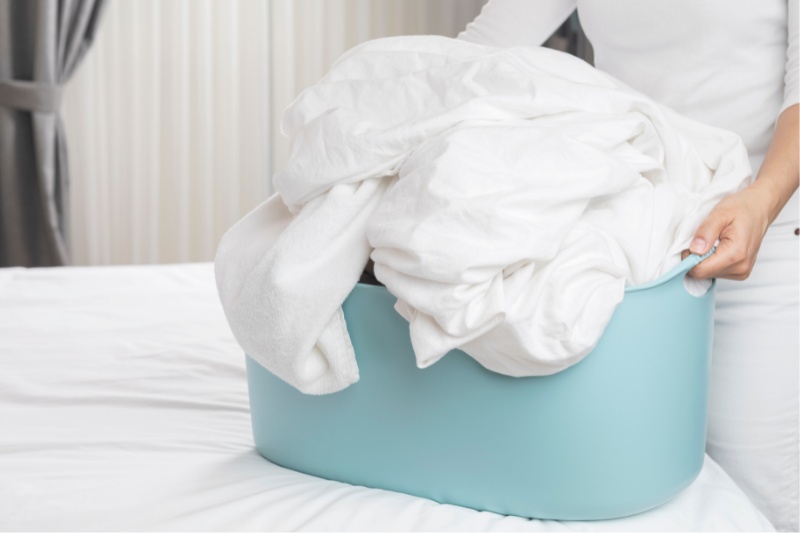
Can You Dry Bedsheets with Clothes in the Tumble Dryer?
Assuming your clothes and sheets are safe to go in the tumble dryer (check the care labels), there is no reason you cannot dry them together.
However, there are some considerations to keep in mind to ensure optimal results and prevent potential issues:
- Avoid overloading the dryer with too many items, which can lead to uneven drying, increased wrinkling, and tangled bedsheets. There must be enough space for proper air circulation for the sheets and garments to dry properly.
- Bedsheets are generally larger and thicker than most garments, thus taking longer to tumble dry. Be prepared to check on your items frequently, removing any dry clothes and allowing the sheets to stay in the machine for longer.
- If you’re drying a mix of fabrics, use a lower heat setting to prevent damage to delicate items while ensuring the sheets dry thoroughly. If possible, separate heavy items like jeans or towels from lighter fabrics like shirts or dresses.
- Bedsheets produce more lint compared to clothing. Be prepared for potential lint transfer onto your clothes, especially if you’re drying items made from fabrics prone to attracting lint (corduroy, synthetic fibres, linen shirts, etc.).
- Mixing sheets and clothes might lead to more wrinkling, as the different fabrics can rub against each other. Consider using dryer balls to help reduce friction and wrinkles. Also, fold or hand your clothes/sheets as soon as possible to minimise creasing further.
If you frequently combine sheets and clothes for drying, be aware that the practice might contribute to faster wear and tear on both types of fabrics.
However, if you need to dry your laundry quickly, throwing everything in the dryer at once is fine now and again.
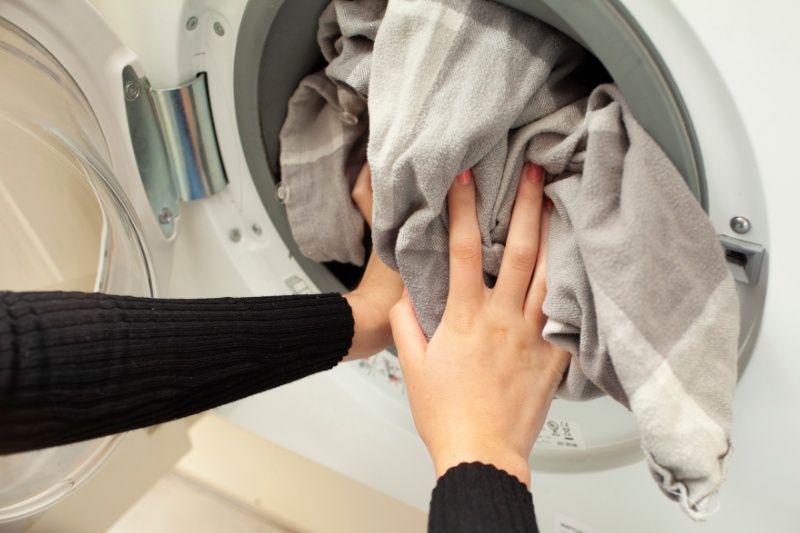
Can You Wash Sheets with Towels?
Rather than washing sheets with clothes, an alternative is to wash sheets with towels.
Towels and sheets are both household linens, and their fabric composition is typically sturdy enough to withstand being washed together.
However, some basic rules still apply:
- Don’t overload your washing machine if you’re laundering towels with sheets.
- Wash towels and sheets with similar colours together to prevent bleeding dyes.
- Consider the fabrics and avoid mixing towels with silk or lace sheets/pillowcases.
- Skip fabric softener as this can reduce the absorbency of towels.
- Bear in mind that towels are thicker and need longer to dry than sheets.

Hannah has a passion for cleaning. She worked her way around Australia by cleaning hostels in exchange for free accommodation and used her cleaning skills to bag a job as a chalet host for a luxury ski company in France.
